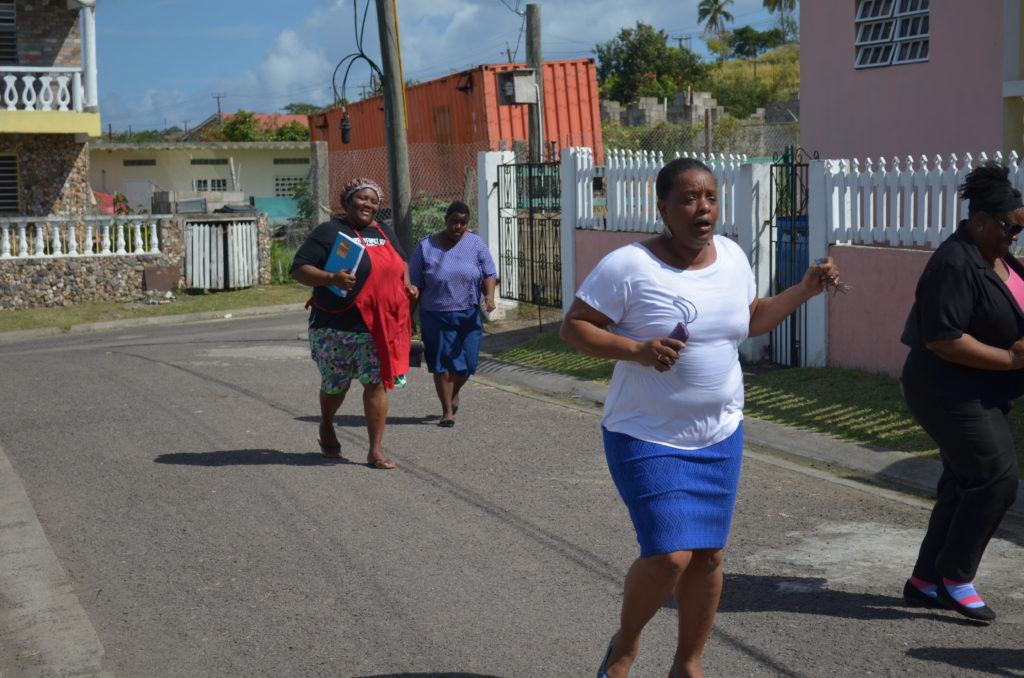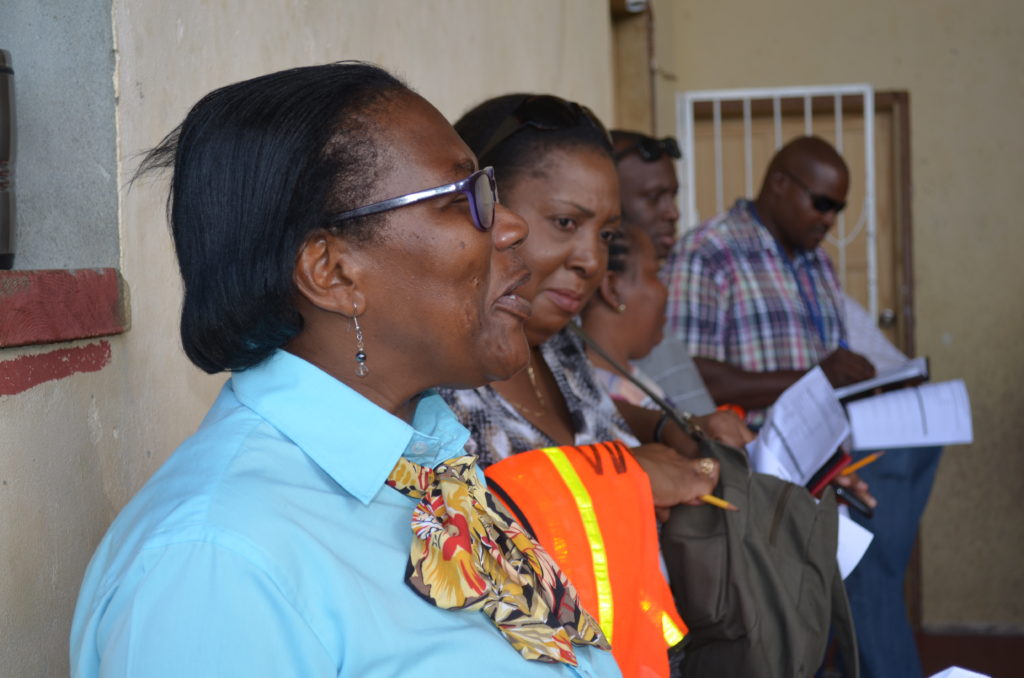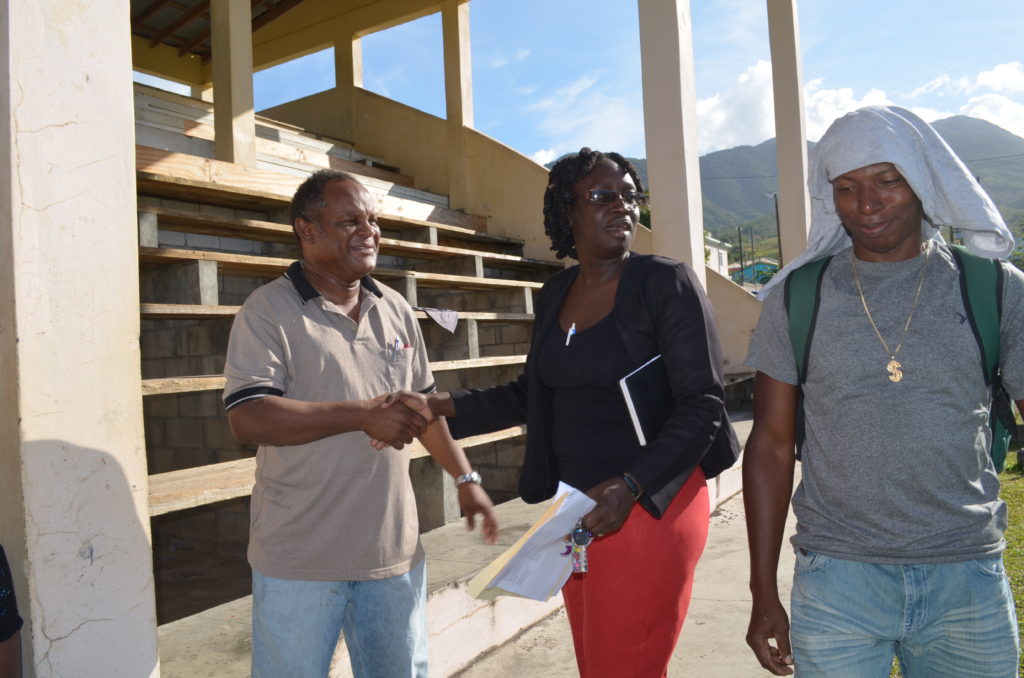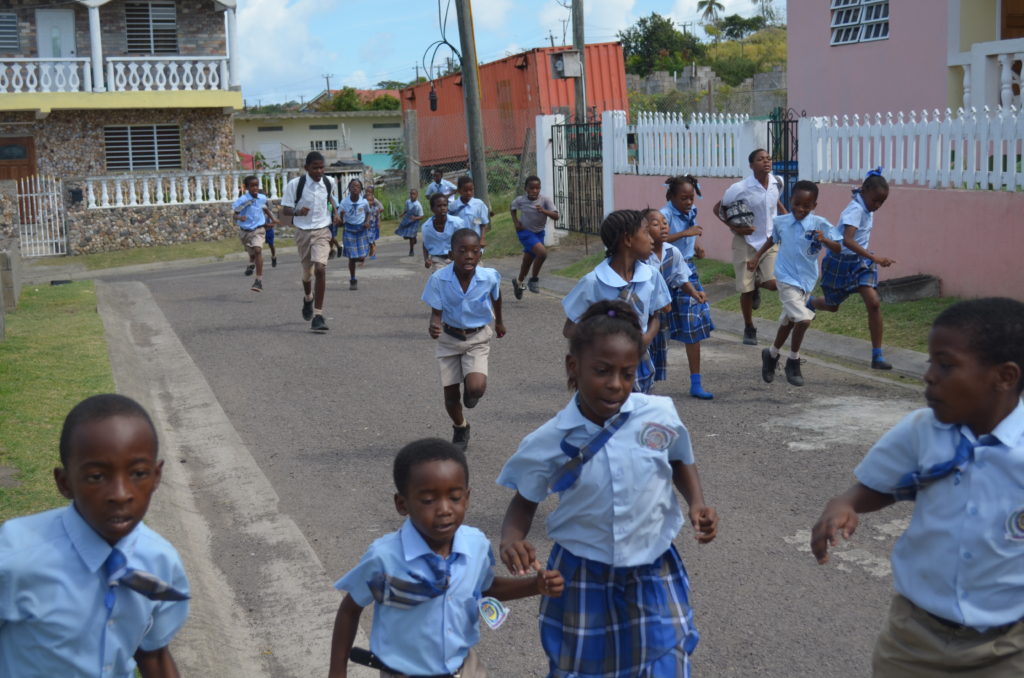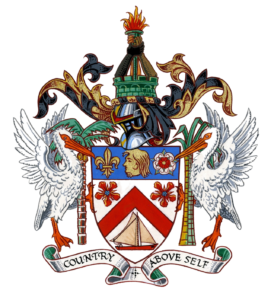As part of the annual Caribwave Exercise, which was created to test preparedness among disaster managers within the northern hemisphere, the National Emergency Management Agency conducted a Tsunami Drill in the Clerverly Hill, Sandy Point area today, Tuesday 21st March, 2017.
Every year, the exercise is commissioned in order to advance tsunami preparedness efforts in the Caribbean Region. This year, the test was based upon a scenario that simulated a tsunami generated by a magnitude 7.9 earthquake located off the Caribbean coast of Costa Rica, in the southern Caribbean Sea.
Ivor Blake, former Supt. of Police and the Exercise Comptroller stated that a number of entities were to be tested within District 5, including A.P.I. (Harowe Servo – both operations) along with the Government owned Pre-school, Primary School and Charles E. Mills Secondary (CEMSS).
“The exercise objectives include testing Early Warning Systems, Coordination and Response and managing traffic during evacuations,” he said.
“The other side of the exercise involved some of our key stakeholders, such as Fire and Rescue, the Police and St. Kitts-Nevis Red Cross Society, interacting with the players in order to evaluate their response.”
According to Mr. Blake, the goal of the exercise is to enhance Earthquake and Tsunami preparedness and response.
Deputy Disaster Coordinator, Mrs. Claricia Langley Stevens gave participants “thumbs up” during her presentation at the Post Mortem held at CEMSS immediately following the exercise.
“You may have noted that some of the players need help with creating or enhancing their Emergency Plans.”
The Deputy Coordinator noted that for these reasons, the Caribwave exercise provides opportunities to test existing plans as well as to inform plan creation and development processes.
“All participants did well,” she said, “and one thing we would have recognised from this year’s exercise in comparison to past years, is that response times were improved and that is a good sign that we are on the right path. We clearly are not all the way there as yet, but this exercise has shown us that there is much more to be done towards ensuring the safety and security of community residents.”
The Caribwave exercise originates at the Intergovernmental Coordination Group for Tsunami and Other Coastal Hazards Warning System for the Caribbean and Adjacent Regions (ICG/CARIBE EWS) of the United Nations Educational, Scientific, and Cultural Organization’s (UNESCO), in collaboration with the Intergovernmental Oceanographic Commission (IOC), the U.S. National Oceanic and Atmospheric Administration (NOAA), and the Caribbean Regional Emergency Management Stakeholders (CEPREDENAC, CDEMA, and EMIZ).